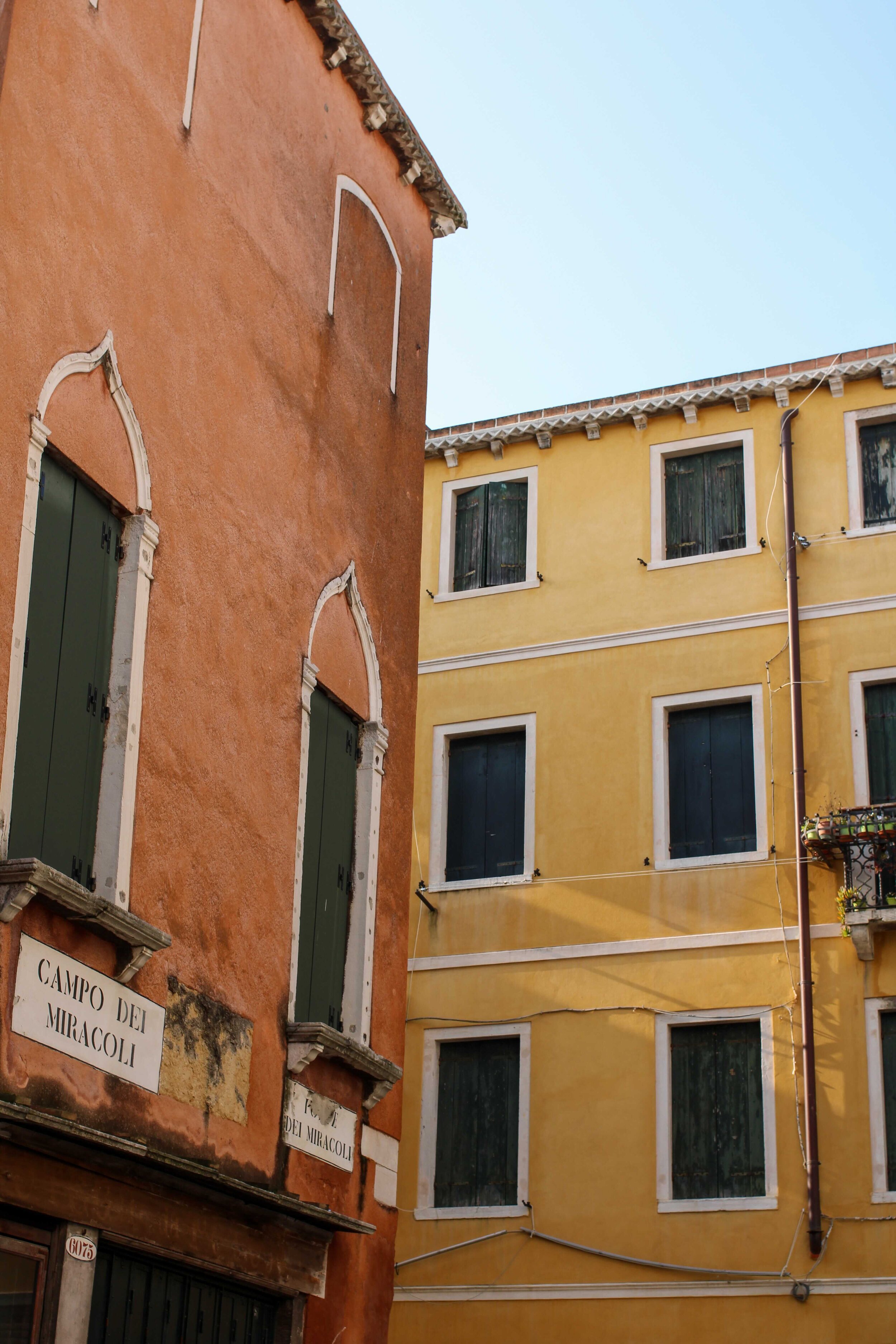Chances are, if you’ve spent any time online over the past year you’ve probably heard of Clubhouse, which is being billed by many as the next big social media platform. We think it can be something more than that!
Clubhouse is a relatively new audio-only network for users to share and connect with others and discuss a plethora of topics in audio spaces, called rooms. And it’s truly taking off.
At CatalystCreativ, we’ve been big fans of Clubhouse for months. Our co-founder Amanda even wrote an article about the amazing relationships she’s built on CH over the past six months, and how it’s provided a much-needed feeling of connectedness for her during a potentially isolating period. But before we can dive into how to get the most out of Clubhouse, from a personal and/or professional standpoint, let’s start with the basics.
You’ll need to get invited to join, and you’ll need to have an iPhone or iPad. CH is still an invite-only platform, so try to find a friend who already uses the app. And right now, CH is only available on Apple devices like iPhone or iPad.
Create your bio. While a lot of people put a lot of information in their bios on Clubhouse, we recommend you keep it personal, short, and about what makes you unique. Think of it as a more casual version of your Linkedin bio, so have a little fun! Use emojis and make it pop visually.
Follow people that are interesting to you based on topics and themes that you choose. Once you decide on some topics that are of interest to you, you should follow people that are in your contacts in addition to others who share those interests. This will feed the algorithm information so you can see rooms that are relevant to you. Think of Clubhouse like one big conference, and the people you follow will lead you into “rooms” on all different topics.
Find clubs you are interested in. Once you follow people, if you scroll down their profiles, you’ll notice badges that represent Clubs. These Clubs host regular programmings based on consistent themes and each has their own best practices/rules to help you understand what the club is all about. Here is an example of a club badge and a club started by our co-founder Amanda Slavin.
Join conversations! Once you listen in to a few rooms, you may want to start participating as a speaker. But to do so, you need to be what CH members call “on stage”. Raise your hand within the app, and join the conversation. Just don’t forget to mute immediately when you get on stage as unwanted background noises can be distracting! Then unmute yourself when you’re ready to speak.
Create a club, if you feel so inclined. Pick a topic you are passionate about and invite your network.
Create rooms or start to create regular programming! Create rooms and have conversations that are relevant and insightful. Be vulnerable, authentic, genuine and make enough room for others to join the conversation and contribute to the discourse.
Just in the past few months, we’ve had multiple conversations with clients about what Clubhouse can do for their brands. It’s completely uncharted territory in that it’s completely different from almost every other network. People there are curious, professional, and come from diverse backgrounds. And above all else, they’re on the app to listen and learn.
You won’t find a more receptive and engaged audience than the one you’ll discover on Clubhouse. You might join other social platforms out of a sense of obligation because they’re trendy, but you’ll join Clubhouse to make genuine and lasting connections with interesting and interested people!

![Clubhouse [Article Image 1].png](https://images.squarespace-cdn.com/content/v1/59f24cdb9f07f5d5831c8e9b/1614962668630-OI127HEDTUFAD2IOUXJM/Clubhouse+%5BArticle+Image+1%5D.png)




![Clubhouse [Article Image 2].png](https://images.squarespace-cdn.com/content/v1/59f24cdb9f07f5d5831c8e9b/1614962723991-UVB9K9JQ65C788J11BWH/Clubhouse+%5BArticle+Image+2%5D.png)





![Blog Thumbs [Compass 3].png](https://images.squarespace-cdn.com/content/v1/59f24cdb9f07f5d5831c8e9b/1607102903209-VT84O90G0Z464D6IS3YA/Blog+Thumbs+%5BCompass+3%5D.png)












